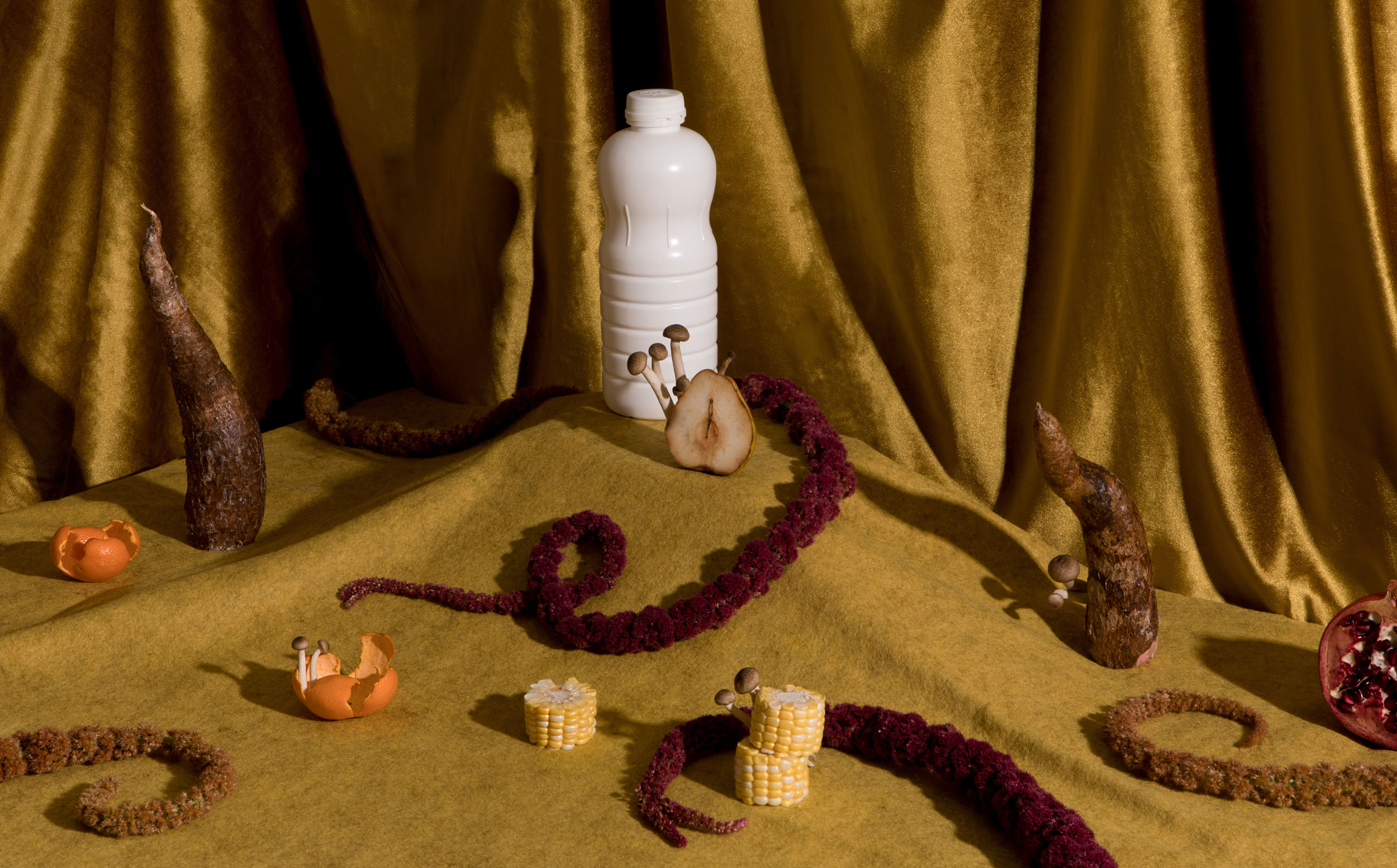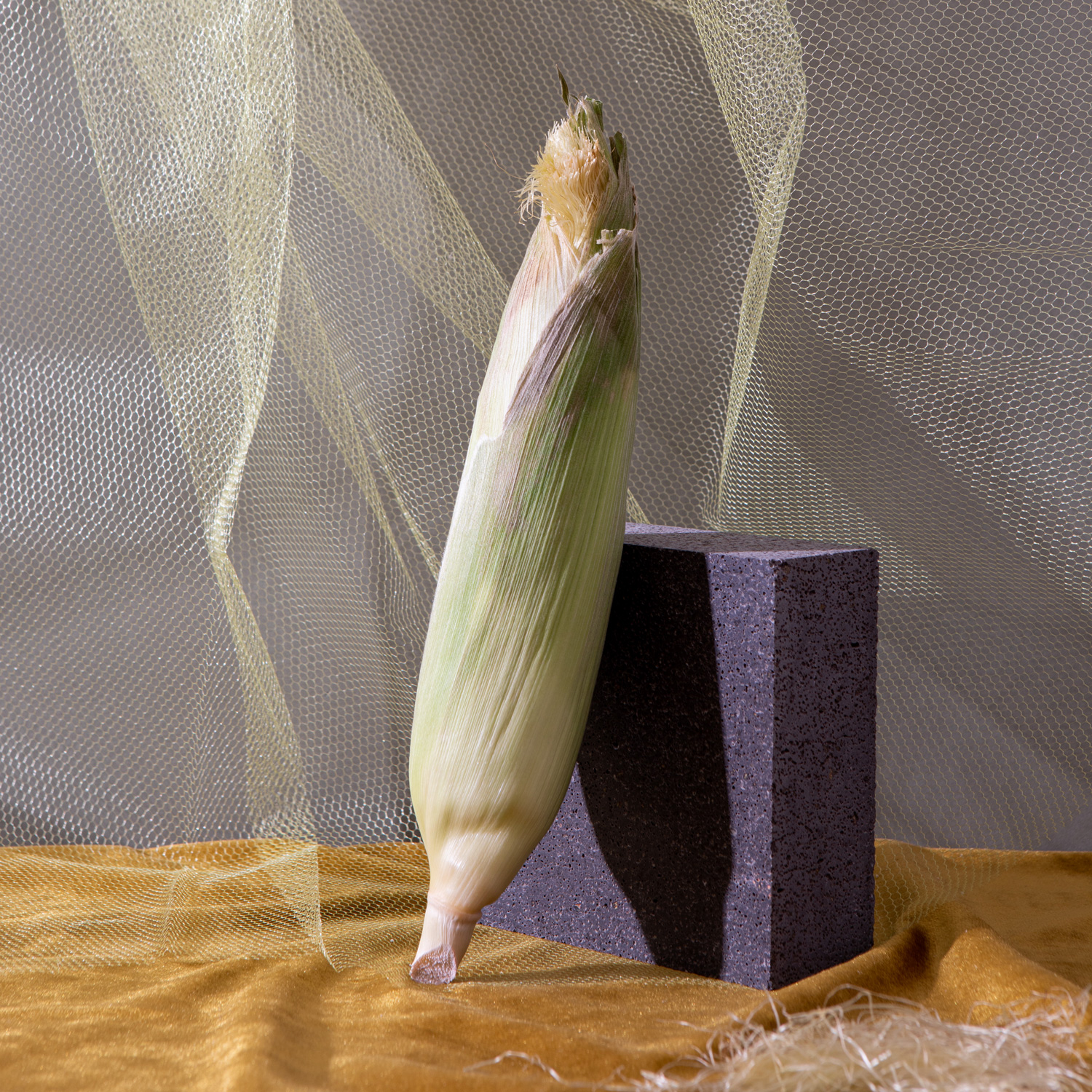Composting & Bioplastics:
Why it’s so Complex
Companies are racing to create new bioplastics. But are our waste systems ready for them?

Posted: November 2019
If you live in the U.S. and have curbside composting, guess what? You’re one of the lucky few. That green bin you roll to the street is a rarity in this country. A nationwide survey by BioCycle in 2017 found 5.1 million households had access to composting through their local municipalities. That might sound like a lot until you realize that’s only about 3% of Americans. While that number has likely increased in the last couple of years, we still have a long way to go.
At its root, compostable material is a fantastic idea. When renewable resources are carefully used to create a material that’s designed to later break down and nourish soil, you have a circular system; waste becomes a resource once again. It’s this regenerative quality that makes bioplastic and other types of compostable packaging such an exciting alternative to traditional plastic. But it gets complicated. Fast.
︎ Side note: We won’t dive into plastic pollution here. But if you’re asking yourself, “What’s the big deal?” we’d recommend pausing to watch these two videos or checking out A Plastic Planet.
What is bioplastic?
It’s any biodegradable “plastic” made from plants or other bio-materials, typically from plants that regenerate quickly and are cheap to produce, like corn and sugarcane. If you’ve come across a seemingly normal piece of plastic that’s labeled PLA (for polylactic acid), that’s actually a type of bioplastic and one of the most common.
In order for bioplastics to effectively break down, they need certain conditions related to heat and humidity. Tossing last night’s burrito bowl into your backyard or your even home composter will likely leave you disappointed months later. And this is why curbside composting is so important; many, but not all, industrial facilities can break down even some of the most rigid bioplastics.
A few things tend to happen:
When bioplastics end up landfills, they typically don’t break down due to the fact that heat and humidity requirements aren’t met. If some do break down, they then emit methane gas into the environment because they’re essentially organic matter. As undesirable as that sounds, it’s unfortunately the better route when compared to options two and three.
When it comes to recycling, it’s incredibly easy for people to mistake bioplastic for regular plastic. Tossing it into the recycling bin seems simple enough, but it contaminates the recycling stream and creates big problems for the waste management companies.
And lastly, our third option, littering, is of course undesirable. Aside from the obvious reasons, rigid bioplastics like PLAs don’t actually break down in nature, not even in the ocean.
At its root, compostable material is a fantastic idea. When renewable resources are carefully used to create a material that’s designed to later break down and nourish soil, you have a circular system; waste becomes a resource once again. It’s this regenerative quality that makes bioplastic and other types of compostable packaging such an exciting alternative to traditional plastic. But it gets complicated. Fast.
︎ Side note: We won’t dive into plastic pollution here. But if you’re asking yourself, “What’s the big deal?” we’d recommend pausing to watch these two videos or checking out A Plastic Planet.
A Brief History of How Plastic Has Changed Our World, National Geographic ︎
The New Plastic Economy, Ellen MacArthur Foundation ︎
What is bioplastic?
It’s any biodegradable “plastic” made from plants or other bio-materials, typically from plants that regenerate quickly and are cheap to produce, like corn and sugarcane. If you’ve come across a seemingly normal piece of plastic that’s labeled PLA (for polylactic acid), that’s actually a type of bioplastic and one of the most common.In order for bioplastics to effectively break down, they need certain conditions related to heat and humidity. Tossing last night’s burrito bowl into your backyard or your even home composter will likely leave you disappointed months later. And this is why curbside composting is so important; many, but not all, industrial facilities can break down even some of the most rigid bioplastics.
What happens to bioplastic if composting isn’t available?
A few things tend to happen:
1. We toss it into the garbage.
2. We accidentally toss it into recycling.
3. We litter.
When bioplastics end up landfills, they typically don’t break down due to the fact that heat and humidity requirements aren’t met. If some do break down, they then emit methane gas into the environment because they’re essentially organic matter. As undesirable as that sounds, it’s unfortunately the better route when compared to options two and three.
When it comes to recycling, it’s incredibly easy for people to mistake bioplastic for regular plastic. Tossing it into the recycling bin seems simple enough, but it contaminates the recycling stream and creates big problems for the waste management companies.
And lastly, our third option, littering, is of course undesirable. Aside from the obvious reasons, rigid bioplastics like PLAs don’t actually break down in nature, not even in the ocean.

It gets more complex.
The challenges of bioplastics don’t end there (sorry, I know). In short, other aspects that give the environmentally-aware concern are:1. Bioplastics that rely heavily on crops like corn and sugarcane take up farming land that could otherwise be used for food. That’s bad news, as climate change jeopardizes the planet’s food sources.
2. When it comes to corn and sugarcane, GMO crops are often used, which can translate to heavy, detrimental fertilizer and pesticide use.
3. Lastly, there have been some recent, scary discoveries of harmful chemicals in biodegradable to-go containers. It has us wondering what might be discovered in future, popular bioplastics.
Hang in there.
If you’ve made it this far and are feeling thoroughly discouraged, we get it. It’s inevitable to hit roadblocks when trying to make big change. We, as a species, have become addicted to petroleum-based plastic, and it will take a great deal of creativity, public policy, and human psychology to find a way out. But many great minds around the world are working hard at it, and we, as individuals, designers, and business owners can stay informed and vote individuals into office who will prioritize the environment.
How to source bioplastic:
If opting for bioplastic packaging, there are some simple steps you can take to minimize negative side effects:
1. Consider using a bioplastic from highly renewable plant sources, like hemp, which requires less water than corn, or algae and seaweed, which are both relatively easy to grow.
2. If using a corn or sugarcane-based bioplastic, look for a non-GMO option.
3. Ensure the packaging can safely and successfully break down in composting facilities by looking for the ASTM D6400 certification (or EN 13432 in the EU). Unfamiliar with those certifications? Learn more here.
4. If your packaging is certified Home Compostable, that’s even better; if it can break down in the backyard, it can break down at a facility.
5. Clearly label “compostable” on the packaging to reduce the chance of recycling contamination.
Lastly, know that the world of bioplastics is moving quickly. New, innovative solutions will be regularly coming to the market, and we’ll do our best to keep you informed along the way.
Next:
Decoding Paper Recycling
